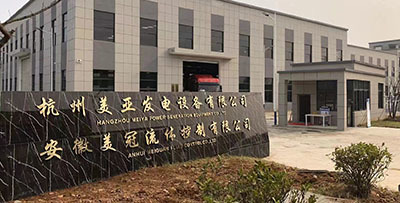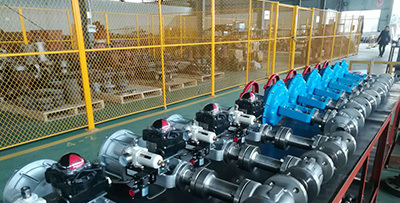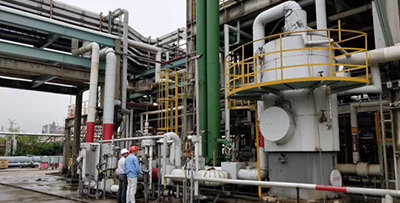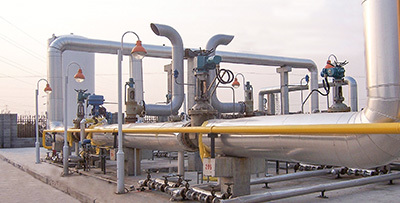
Contact Phone

Electronic E-mail
News Center
Hangzhou Meiya provides you with perfect industrial fluid control products and application solutions

Reasons for valve vibration
Release time:
2021-09-22
Control valves sometimes vibrate during operation. Let's discuss the causes of control valve vibration.
Control ValveVibration of the control valve is typically categorized into two states: whole valve vibration, where the entire valve vibrates frequently on the pipeline or base; and valve stem vibration, evident in the frequent up-and-down movement of the valve stem. Below is an analysis of the causes and remedies for these two types of vibration.
1. Whole Valve Vibration
The causes of whole control valve vibration on the pipeline are roughly as follows: Intense vibration of the pipeline or base can easily induce whole valve vibration. Additionally, frequency plays a role; when the external frequency equals or approaches the system's natural frequency, the energy of forced vibration reaches a high value, resulting in resonance. These two factors sometimes influence each other, causing more intense vibration, pipeline jumping, loosening of attachments or components, and clicking sounds. In severe cases, valve stem breakage and seat detachment may occur, rendering the system inoperable. In such situations, strengthening the vibrating pipeline and foundation is necessary; this also helps eliminate external frequency interference.
2. When the valve stem vibrates, the measured fluid flow rate increases sharply, causing a drastic change in the pressure difference across the valve. When this exceeds the valve's rigidity, the valve's stability deteriorates, potentially leading to severe oscillation of the entire valve. However, this oscillation isn't necessarily caused by a small valve opening. This type of vibration is usually accompanied by a high-pitched squeal. Poor stability in the control valve, when internal or external unbalanced forces interfere and exceed the control valve's rigidity, and the control valve itself lacks the capacity to eliminate this interference, will result in oscillation. In this case, increasing the control valve's rigidity is necessary. For example, increasing the spring by 20-100 kPa or enhancing its operational stability is beneficial.
Related News
2025-01-23
2025-01-23














